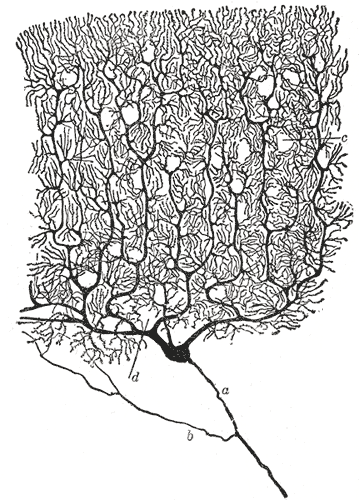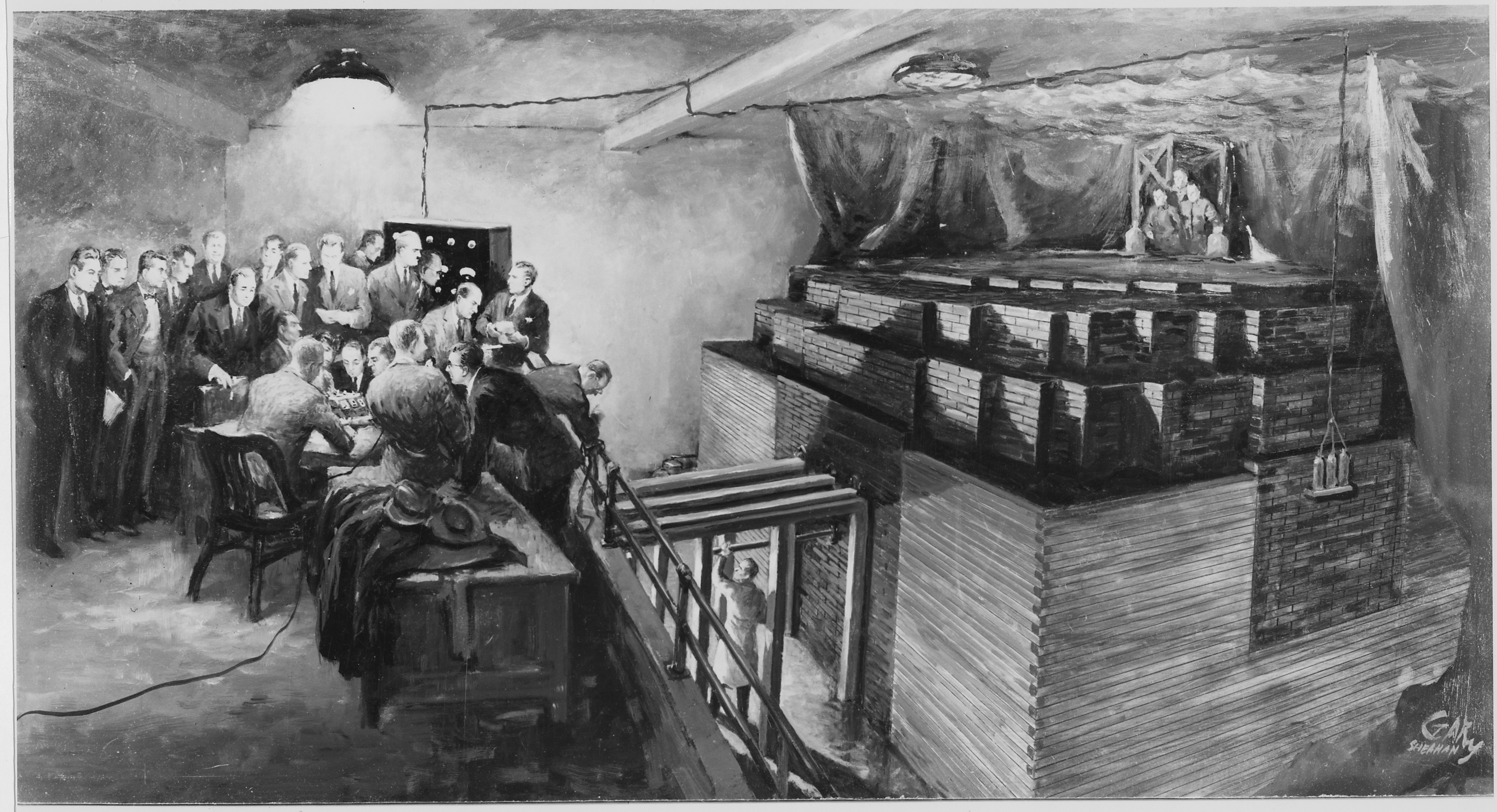By Tegan McCaslin, 30 March 2018
When I took on the task of counting up all the brain’s fibers and figuratively laying them end-to-end, I had a sense that it would be relatively easy–do a bit of strategic Googling, check out a few neuroscience references, and you’ve got yourself a relaxing Sunday afternoon project. By that afternoon project’s 40th hour, I had begun to question my faith in Paul Christiano’s project length estimates.
It was actually pretty surprising how thin on the ground numbers and quantities about the metrics I was after seemed to be. Even somewhat simple questions, like “how many of these neuron things does the brain even have”, proved not to have the most straightforward answer. According to one author, the widely-cited, rarely-caveated figure in textbooks of 100 billion neurons couldn’t be sourced in any primary literature published before the late 2000s, and this echo chamber-derived estimate was subsequently denounced for being off by tens of billions in either direction (depending on who you ask). But hey, what’s a few tens of billions between friends?
The question of why these numbers are so hard to find is an interesting one. One answer is that it’s genuinely difficult to study populations of cells at the required level of detail. Another is that perhaps neuroscientists are too busy studying silly topics like “how the brain works” or “clinically relevant things” to get down to the real meat of science, which is anal-retentively cataloging every quantity that could plausibly be measured. Perhaps the simplest explanation is just that questions like “how long is the entire dendritic arbor of a Purkinje cell” didn’t have a great argument for why they might be useful, prior to now.

Which brings us rather neatly to the point of why an AI forecasting organization might care about the length of all the wires in the brain, even when the field of neuroscience seems not to. At a broad level, it’s probably the case that neuroscientists care about very different aspects of the brain than AI folks do, because neuroscientists mostly aren’t trying to solve an engineering problem (at least, not the engineering problem of “build a brain out of bits of metal and plastic”). The particular facet of that engineering problem we were interested in here was: how much of a hurdle is hauling information around going to be, once computation is taken care of?
Our length estimates don’t provide an exhaustive answer to that question, and to be honest they can’t really tell you anything on their own. But, as is the case with AI Impacts’ 2015 article on brain performance in TEPS, learning these facts about the brain moves us incrementally closer to understanding how promising our current models of hardware architectures are, and where we should expect to encounter trouble.
Some interesting takeaways: long-range fibers–that is, myelinated ones–probably account for about 20% of the total length of brain wires. Also, the neocortex is huge, but not because it has lots of neurons.
Scroll to the bottom of our article if you’re a cheater who just wants to see a table full of summary statistics, but read the whole thing if you want those numbers to have some context. And please contact me if you spot anything wrong, or think I missed something, or if you’re Wen or Chklovskii of Wen and Chklovskii 2004 and you want to explain your use of tildes in full detail.



Be the first to comment